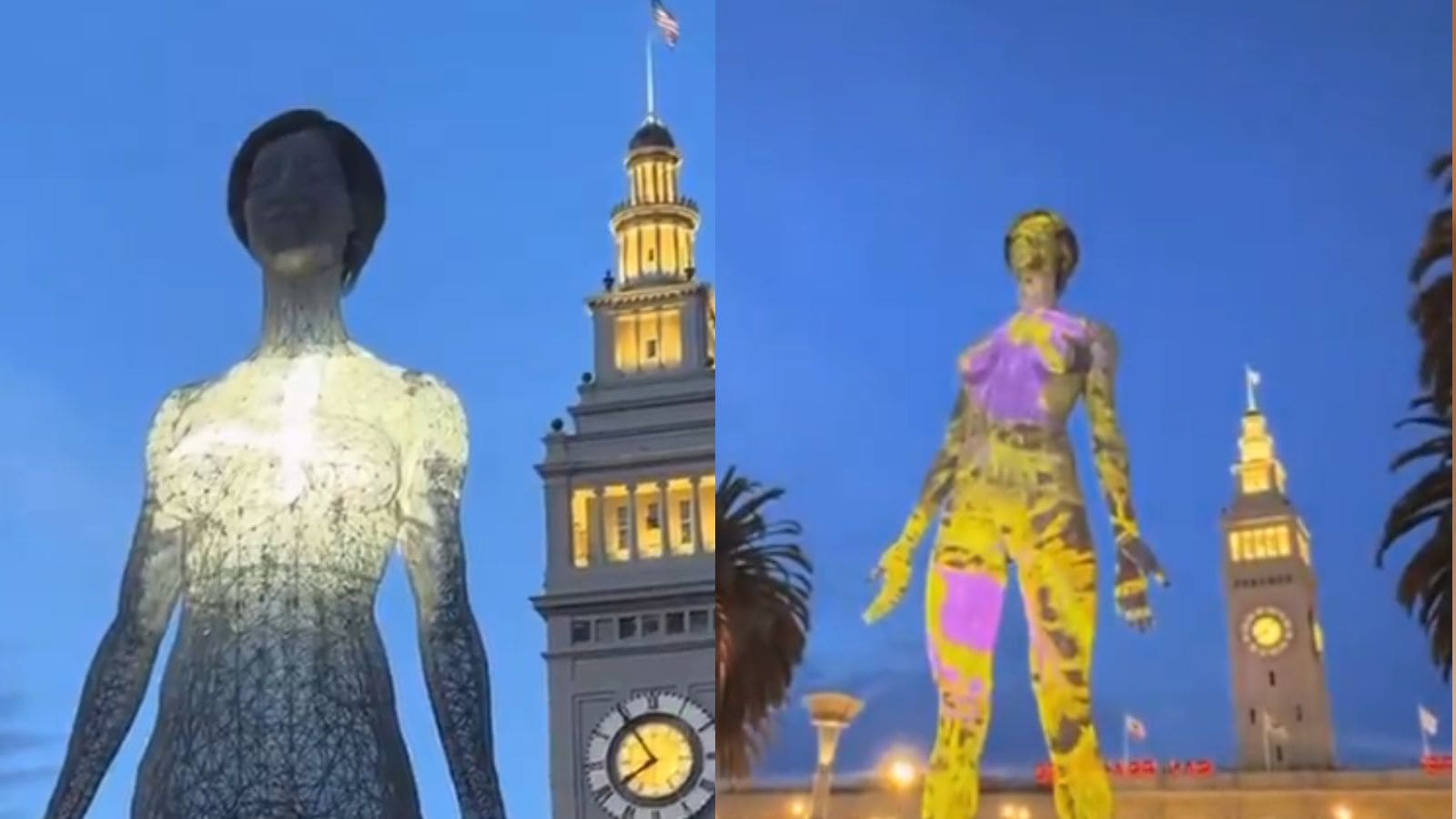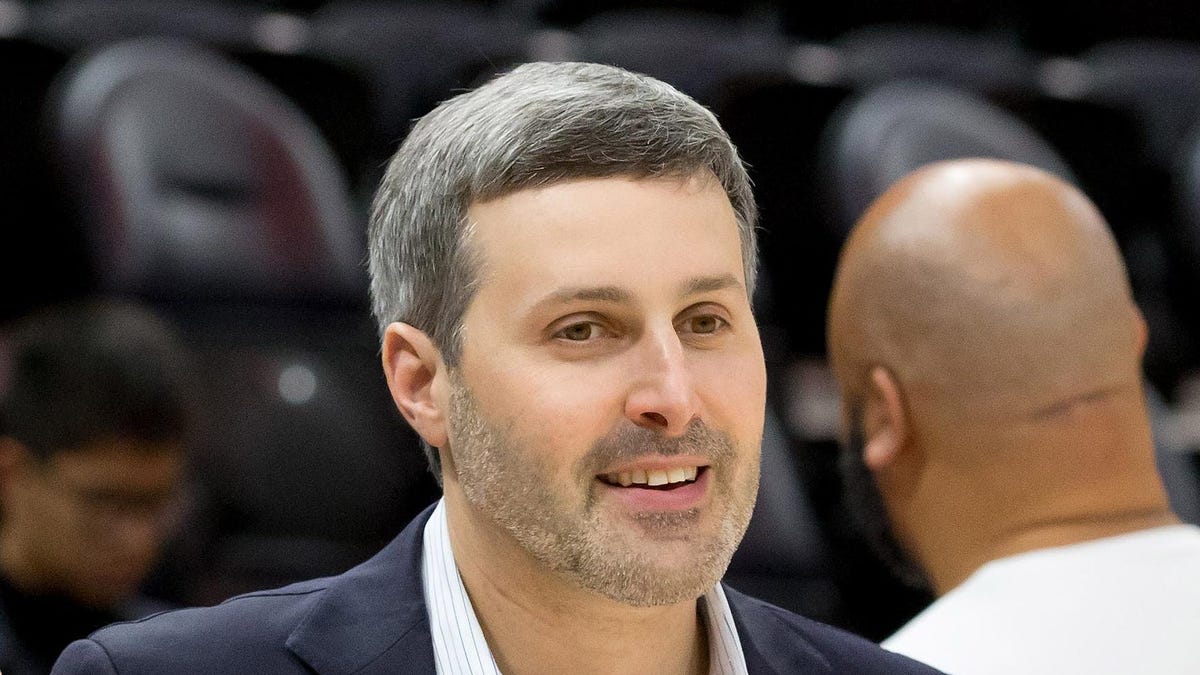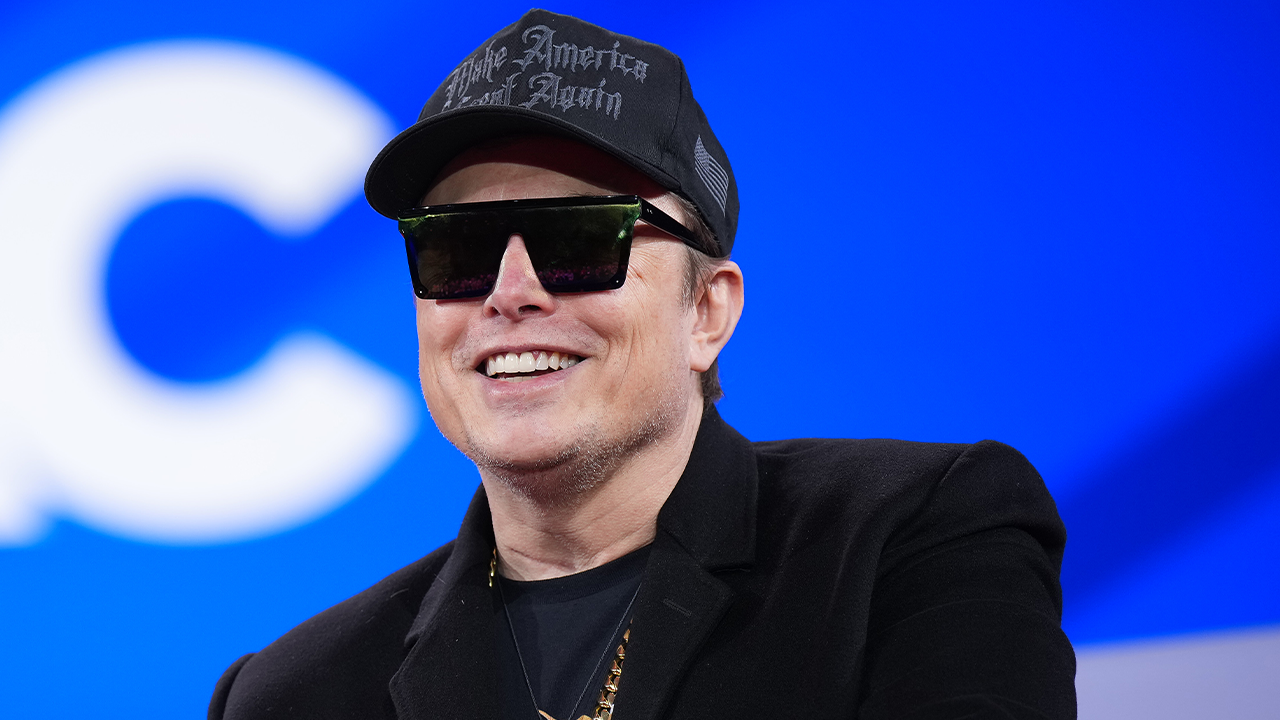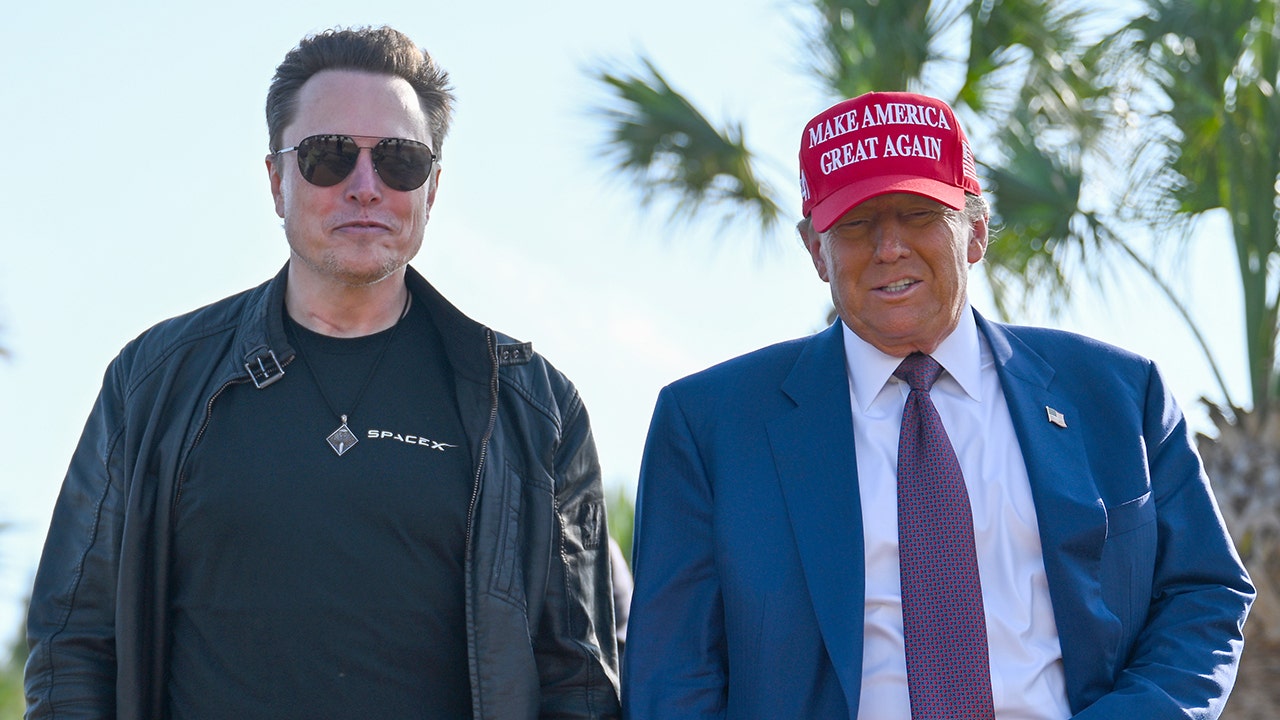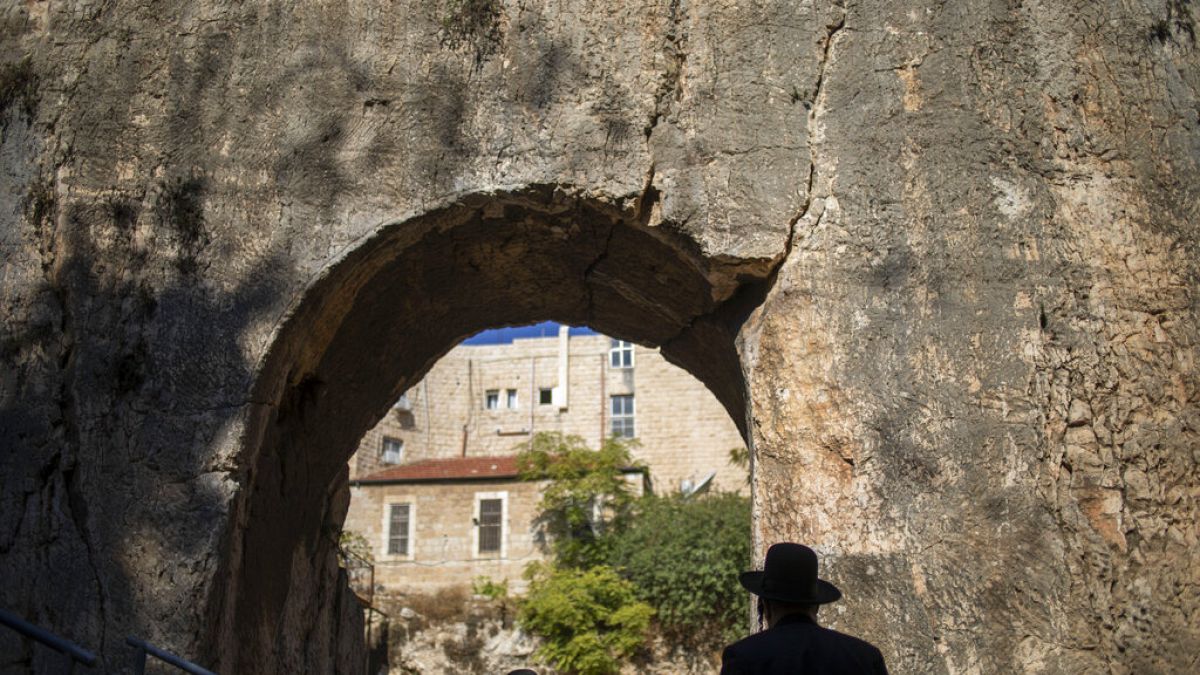Business
California lawmakers to propose legislation giving ride-hailing drivers right to unionize

California lawmakers are pursuing legislation that could give drivers for apps like Uber and Lyft the ability to form unions, while still being classified as independent contractors.
Assemblymembers Buffy Wicks (D-Oakland) and Marc Berman (D-Menlo Park) plan to introduce Assembly Bill 1340, also titled the Transportation Network Company Drivers Labor Relations Act, on Tuesday.
The legislation would allow drivers to negotiate pay as well as other terms of their agreements with app-based companies, exempting them from state and federal antitrust laws that would prohibit such activity, according to a draft reviewed by the Times.
“Fundamentally what this bill seeks to do is empower rideshare drivers to advocate for better working conditions,” Wicks said in an interview.
The proposal does not include food delivery drivers.
The exact process of how collective bargaining would be overseen by the state is not outlined in the proposal.
Wicks and Berman said that they expect those details to be hashed out during the legislative process, with conversations from all stakeholders, including drivers, ride-hailing companies and Service Employees International Union California, which is backing the bill.
Typically, antitrust laws would prevent collective action by independent contractors. For example, Seattle faced litigation when it attempted to establish a driver bargaining model through a local ordinance in 2015.
The U.S. Chamber of Commerce and an Uber subsidiary successfully challenged the law, arguing that bargaining by independent-contractor drivers amounted to illegal concerted action and price fixing. The U.S. Court of Appeals for the 9th Circuit disagreed with the city’s position that it had created a state-supervised regulatory program, finding that it was not exempt from antitrust law.
Drivers for Uber and Lyft are considered independent contractors under a voter-approved state law — Proposition 22 — that went into effect in late 2020. The law originally had barred collective bargaining over drivers’ compensation, benefits and working conditions, but an appeals court struck down the provision, arguing it inappropriately limited the California Legislature’s authority.
The state Supreme Court in a ruling last year largely upheld Proposition 22 but did not address the collective bargaining provision.
SEIU California contends that the Legislature has the authority to allow drivers to collectively bargain, based on the appeals court ruling. However, if the bill is ultimately approved by lawmakers, it’s possible ride-hailing companies might challenge it.
“A union is the only pathway for 600,000 rideshare drivers to improve their pay and working conditions under Prop 22,” said Tia Orr, executive director of SEIU California, in an emailed statement.
Uber and Lyft representatives said the companies opposed the proposal, arguing it would make rides more costly for consumers and go against the will of voters who approved Proposition 22.
“At a time when families’ budgets in California are stretched to the max, this proposal would make trips even more expensive,” said Uber spokesperson Zahid Arab in an email.
Lyft spokesperson Shadawn Reddick-Smith said Proposition 22 is drivers “preferred way to structure benefits and protections.”
The California proposal is similar to a ballot initiative approved by Massachusetts voters in the fall that was also backed by the Service Employees International Union — as well as the International Assn. of Machinists and Aerospace Workers.
Uber and Lyft did not oppose the Massachusetts initiative.
Minnesota lawmakers proposed a similar bill in February, and unions in Illinois have begun a campaign to unionize drivers in the state, with Uber agreeing to refrain from interfering with the effort.
“This isn’t coming out of left field, “ Berman said. “It aligns with our values in California to make sure drivers get the rights they deserve.”

Business
Palisades Village to reopen with Elyse Walker rebuilding flagship store

Elyse Walker made a bet in 1999: that residents of Pacific Palisades and Brentwood would rather shop for designer fashions in their neighborhood than drive to Beverly Hills.
Her eponymous boutique, initially just 800 square feet, became the cornerstone of a retail empire that now stretches from Tribeca to Newport Beach, drawing celebrities such as Jennifer Garner and Kate Hudson. It also propelled a renewal of downtown Palisades, with new restaurants and boutiques moving in.
That all changed on Jan. 7, when the Palisades fire leveled Walker’s flagship store and thousands of homes and other businesses.
A man rides a scooter past a burning business in Palisades Village on Jan. 8.
(Brian van der Brug / Los Angeles Times)
On Wednesday, Walker proudly announced her next bet on the neighborhood where she raised her two sons.
In downtown Palisades, she and developer Rick Caruso revealed that Caruso’s Palisades Village shopping center will reopen in mid-2026 and that her flagship store, elysewalker, will become its newest marquee tenant.
“I hope that this serves as the catalyst for other retailers and brands and big businesses and small businesses to come back to the Palisades, Malibu, Altadena and Pasadena,” Walker said in an interview. “Twenty-five years ago, we planted seeds in this community, and now we are doing it again.”
Caruso told The Times that later this year, he plans to resume the Palisades Village annual Christmas tree and menorah lighting. He said he will also underwrite the cost of new landscaping and sidewalks in the streets around the shopping center.
The goal, he said, is to create a visible anchor to a town in the midst of a massive recovery and to accelerate the return of a vibrant, bustling community.
“This is a really big deal,” Caruso said. “When a retailer like Elyse opens a store in a community, that’s a powerful voice of confidence that there’s a bright future here. I really do believe with her and our organization, the rebirth of the Palisades is going to be unstoppable.”
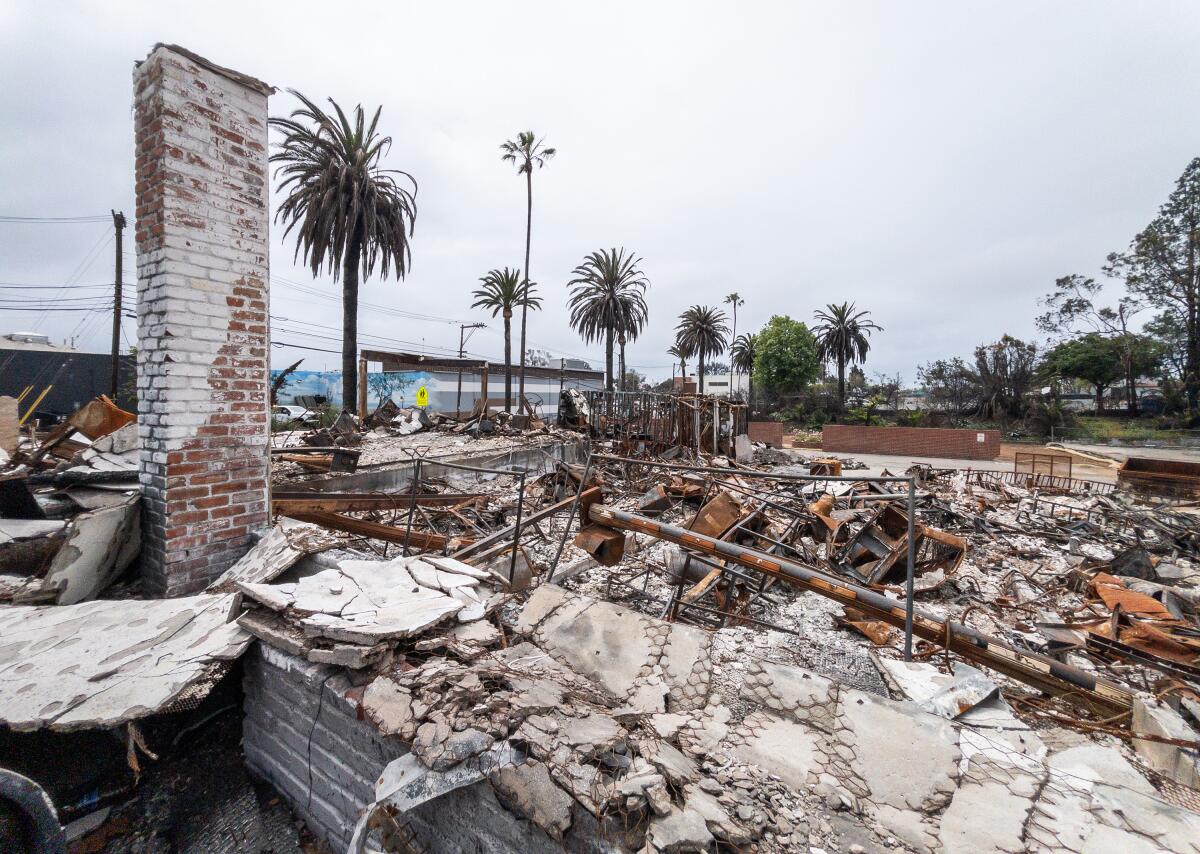
The location of Fashion designer Elyse Walker’s former flagship store in Pacific Palisades that was destroyed in the Palisades fire on Jan. 7.
(Myung J. Chun/Los Angeles Times)
The news came during a frustrating and uncertain period as Palisades residents recover from the devastation of the wildfire and grapple with the mass displacement of their community. Thousands have relocated to disparate parts of Southern California or are scattered across the U.S.
“The fact that we have this hub in the middle of town is a ray of hope that we can get back sooner,” said Chris Feil, a Palisades native who moved six times after the fire before settling in a rental in Manhattan Beach. His wife, Mia Feil, said she gets emotional thinking of what was lost in the blaze. The couple is now in the early stages of rebuilding.
“We’re all sort of traumatized by the loss of our community,” she said, listing the impromptu gathering at restaurants, Saturday baseball games, the annual Christmas tree lighting and the Fourth of July parade. “Having all those things back is truly the lifeline and joy in the neighborhood — that’s what makes the Palisades so special. It’s a small town in a big city.”
Walker chose to open her shop on Antioch Street more than 25 years ago so that she could easily walk to her sons’ school.
“We were between three churches, two coffee shops and five schools — it had nothing to do with co-tenancy yet,” Walker said. “We just knew this was a place where people would be walking around.”
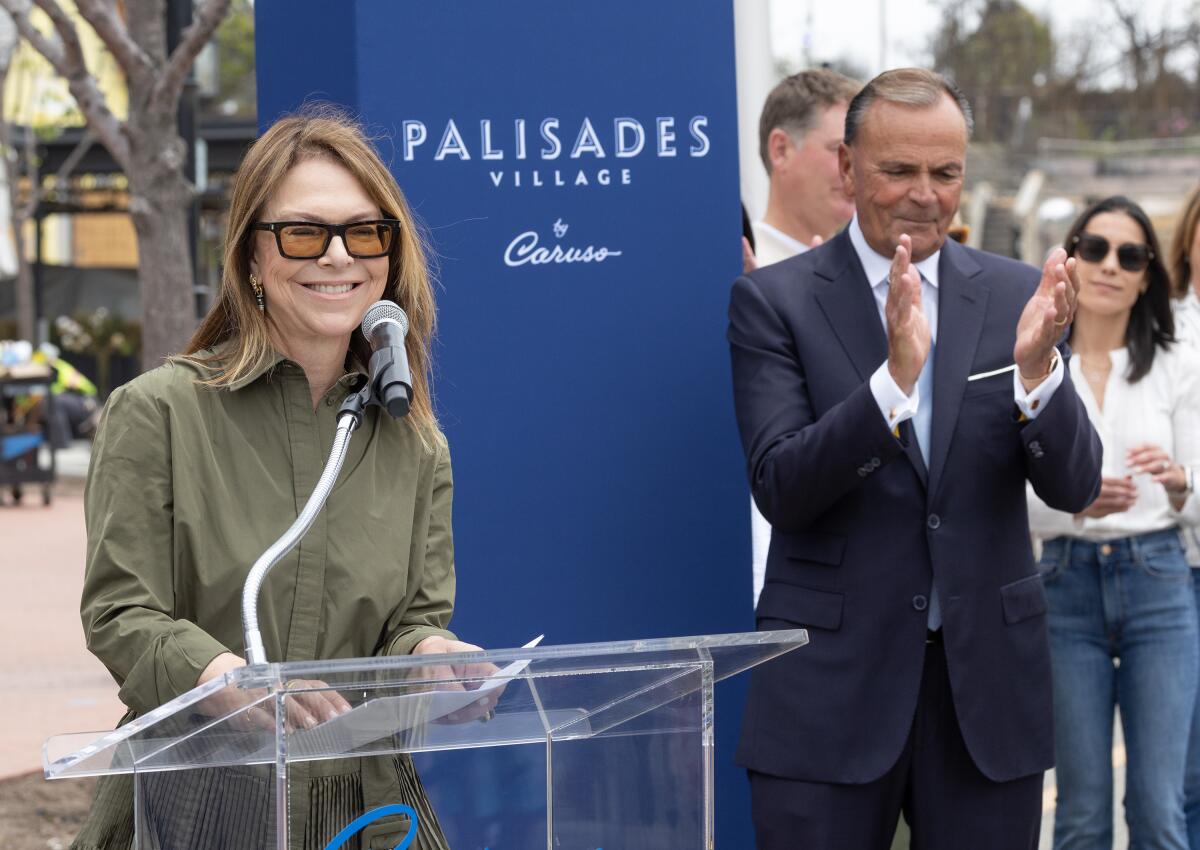
Fashion designer Elyse Walker said she trusts Rick Caruso, right, as she announced the reopening of her flagship store at the Palisades Village on Wednesday.
(Myung J. Chun/Los Angeles Times)
Her shop drew well-heeled women from across the region, and she expanded the store’s footprint six times, reaching nearly 6,500 square feet. Her store generated $5,000 per square foot in sales — among the highest in American multi-brand retail. She developed a team of private shoppers and stylists that visited clients in their homes for curated fashions.
Along the way, Walker became an ambassador of sorts to would-be retailers and business owners in the Palisades, such as Cafe Vida, Lemon Nails and Caruso’s Palisades Village, which opened in 2018 and brought a movie theater, Erewhon and Chanel.
“People who live in the Palisades don’t want to leave. It’s a magical place — they nestle into the mountains right by the ocean,” Walker said.
On Jan. 7, Caruso relied on a fleet of private firefighters to prevent the flames from destroying Palisades Village and some nearby properties.
But Walker’s shop was reduced to rubble, the merchandise incinerated by the inferno.
The store had about 30 employees, and Walker said she has been in “sink or swim mode,” trying to keep her staff employed, serve local customers through her shops in Calabasas and Newport Beach and trudge through the arduous task of dealing with insurance.
“The first thing I said to my team: there’s no four walls that can define me, and there’s no four walls that define the magic,” she said.
She recalled the couples who met in the store, the women who learned they were pregnant there, and the local resident whose 3-year-old son had died and who needed a dress for the funeral.
“So much happened in the dressing room of that store, and none of that is gone — those relationships and friendships and trust are still there,” Walker said.
With Walker’s shop opening inside Palisades Village in the spring or summer of 2026, and with new trees, streetscapes and upgraded sidewalks coming to the downtown, Caruso said he hopes the area will be a cradle of redevelopment and a beacon for those vacillating about rebuilding.
“Hopefully, that spurs other landlords to invest in their buildings and spurs other retailers to open up,” he said. “We’re going to be roaring back and before you know it, it’s going to be full of families. These neighborhoods are going to flourish.”
Business
Six Flags to cut 135 jobs at Knott’s, Magic Mountain and other California parks

Six Flags Entertainment Corp. has laid off the presidents of Knott’s Berry Farm and Six Flags Magic Mountain and will cut scores of other jobs in California as part of a major shake-up at the theme park giant.
The company, which operates 42 amusement parks across North America, plans to reduce its staff by 10% in the coming weeks. The cuts will include the president positions at many of its parks, Six Flags spokesperson Sara Gorgon said Tuesday.
In all, the company will eliminate about 135 jobs across its California parks by the end of June. The California parks include Knott’s in Buena Park, Magic Mountain in Valencia, Six Flags Discovery Kingdom in Vallejo and California’s Great America in Santa Clara.
The cost-cutting follows last year’s $8-billion merger of Six Flags with Cedar Fair, making it the largest amusement park operator in North America.
The cuts come during a challenging period for Six Flags and others in the tourism business. The company posted a net loss of $220 million in the first quarter of this year, citing weather variability and economic uncertainty.
State and local tourism officials are projecting a slowdown in travel to California due to Trump’s trade war and deportation policies.
Additionally, smaller theme park operators such as Six Flags struggle to compete with bigger industry players Disney and Universal, which also boast more diverse portfolios with streaming and other media.
The Orange County Register first reported that Knott’s President Jon Storbeck and Magic Mountain President Jeff Harris were among those affected by the layoffs.
Storbeck served as vice president of Disneyland before he joined Knott’s in 2016. Harris had held multiple positions at Six Flags before taking over the president role at Magic Mountain in 2023.
The Charlotte, N.C.-based company said the changes reflect its move toward a regional operating structure, rather than individual parks having their own presidents. Some park presidents will be absorbed into other roles at the company, Gorgon said.
In an earnings call earlier this month, Six Flags Chief Executive Richard Zimmerman had warned the company would significantly restructure and pare down its workforce this year. He said the company remained “firmly on track” to achieve its goal of $120 million in reduced expenses by the end of the year.
Former Cedar Fair CEO Matt Ouimet, who previously led Disneyland, lamented what he called a “parade of departures” from Six Flags in a post on LinkedIn last week. Ouimet said he had chosen to retire before having to vote on the merger because he feared the fallout.
“I recognized that I wasn’t up to watching talented colleagues being asked to exit in order to achieve the cost synergies that were promised to investors,” Ouimet wrote. “This die was cast when the merger agreement was signed.”
Also this month, Six Flags announced it would close its theme park and Hurricane Harbor water park in Bowie, Md., after the 2025 operating season.
Six Flag shares closed at $35.06, up nearly 3% on Tuesday.
Business
Louis Vuitton bets big on Rodeo Drive with new Frank Gehry-designed store

Louis Vuitton is gearing up to go over the top again in Beverly Hills.
With plans for an ultra-opulent hotel on Rodeo Drive stymied by voters two years ago, the Paris fashion house’s owners are back with a proposal for a theatrical flagship store designed by architect Frank Gehry that would anchor the north end of the famous retail corridor.
Luxury goods stores on Rodeo Drive are growing larger as top-shelf retailers increasingly up the ante to dazzle shoppers, and the vision from Louis Vuitton owner LVMH is one of the biggest stores yet with restaurants, rooftop gardens and exhibition space.
Set to open in 2029 pending city approval, the store will stretch through the block from Rodeo Drive to Beverly Drive along South Santa Monica Boulevard. It will be one continuous structure connected across an alley by two pedestrian bridges and a tunnel.
Louis Vuitton said its new store will contain 45,000 square feet on the retail side fronting on Rodeo Drive and an additional 55,000 square feet on the hospitality-focused side of the building off Beverly Drive.
“The new location will take visitors into a full Louis Vuitton lifestyle experience showcasing its diverse universes of products and one-of-a-kind client experiences,” the company said in a statement.
The retail entrance will be on Rodeo Drive, with three floors dedicated to product categories such as women’s and men’s collections, travel, watches and Jewelry, beauty and fragrance. A rooftop level will have private spaces for clients and a garden.
Pedestrians walk past a building at the intersection of Rodeo Drive and Santa Monica Boulevard in Beverly Hills.
(Mel Melcon/Los Angeles Times)
Visitors entering from Beverly Drive will find a cafe and exhibition lobby on the ground floor, two more floors of exhibition space and a rooftop with a restaurant and open-air terrace.
Louis Vuitton representatives declined to offer more details about the exhibitions or the building, but the brand perhaps best known for its signature monogrammed handbags and luggage also has made a reputation promoting art and culture.
In 2014 it opened the Fondation Louis Vuitton in Paris in a building designed by Gehry. The Fondation has art exhibits, concerts, dance performances and organized family activities such as art classes for children.
Gehry has also also collaborated with Louis Vuitton on a collection of handbags reflecting his architectural style, which is known for flowing, curvilinear sculptural forms.
In downtown Los Angeles, Gehry designed the Walt Disney Concert Hall, the Grand L.A. mixed-use complex across the street and the nearby Colburn School performing arts center under construction.
The interior of Luis Vuitton’s Beverly Hills flagship is being designed by another well-known architect, Peter Marino, who designed the existing Louis Vuitton store on Rodeo Drive and the ill-fated Cheval Blanc Beverly Hills hotel intended for the Rodeo Drive site now selected for Louis Vuitton’s new flagship.
New York-based Marino was described by Architectural Digest as “a leading architect for the carriage trade, and the architect for fashion brands.”
Marino once said the Chevel Blanc hotel, which was approved by the city before being vetoed by voters, would improve the pedestrian experience on the northern edge of Rodeo Drive’s famed shopping district, where “people get to the end, shrug their shoulders and walk back.”
The parcels intended for the hotel and now Louis Vuitton are owned by LVMH and were formerly occupied by Brooks Bros. and the Paley Center for Media. The existing unoccupied structures will be razed to make way for the new store.
Merchants on the famous three-block stretch of Rodeo Drive constantly strive to find new ways to call attention to themselves and polish their brand’s image, said real estate broker Jay Luchs of Newmark Pacific, who works on sales and leases of high-end retail properties.
“It’s competitive among brands to always be the best they can be, and they’re not sitting on spaces keeping them stale,” he said. “They’re all always reinventing themselves.”
The expensive changes to their stores are “very obvious,” Luchs said. “It’s almost like an art. The street has different top designers who have made these stores spectacular one after the other.”
Even though retail rents on Rodeo Drive are some of the highest in the country, stores are also getting bigger, the property broker said.
Fifteen years ago, stores on the street were typically 25 feet wide, he said, then gradually many became 50 feet wide, he said. “Now you’re seeing stores 100 feet wide” that may have two different landlords.
A 50-foot lot is “very big,” Luchs said, and can hold a store with 5,000 square feet on each level and may go three stories tall for a total of 15,000 square feet in the store.
The fashion house is also growing in New York, where its flagship store is being replaced with a building that will nearly double its footprint on 57th Street at 5th Avenue, the Architects Newspaper said. Construction has been concealed with a facade that looks like a giant stack of distinctive Louis Vuitton trunks.
-

 News1 week ago
News1 week agoMaps: 3.8-Magnitude Earthquake Strikes Southern California
-

 Culture1 week ago
Culture1 week agoDo You Know the English Novels That Inspired These Movies and TV Shows?
-

 Education1 week ago
Education1 week agoVideo: Columbia University President Is Booed at Commencement Ceremony
-

 Education1 week ago
Education1 week agoHow Usher Writes a Commencement Speech
-

 Politics1 week ago
Politics1 week agoTrump, alongside first lady, to sign bill criminalizing revenge porn and AI deepfakes
-
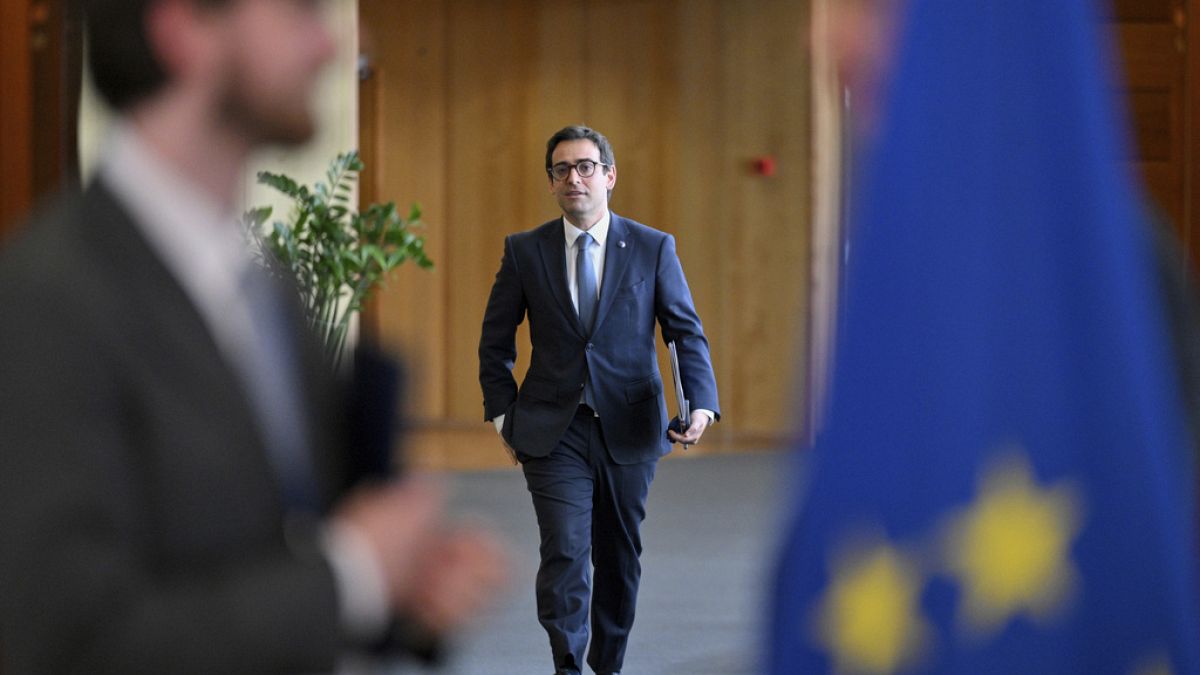
 World1 week ago
World1 week agoDigitisation fronts new Commission strategy to boost EU single market
-

 Politics1 week ago
Politics1 week agoExpert reveals how companies are rebranding 'toxic' DEI policies to skirt Trump-era bans: 'New wrapper'
-

 World1 week ago
World1 week agoEU reaches initial deal to lift economic sanctions on Syria: Reports



